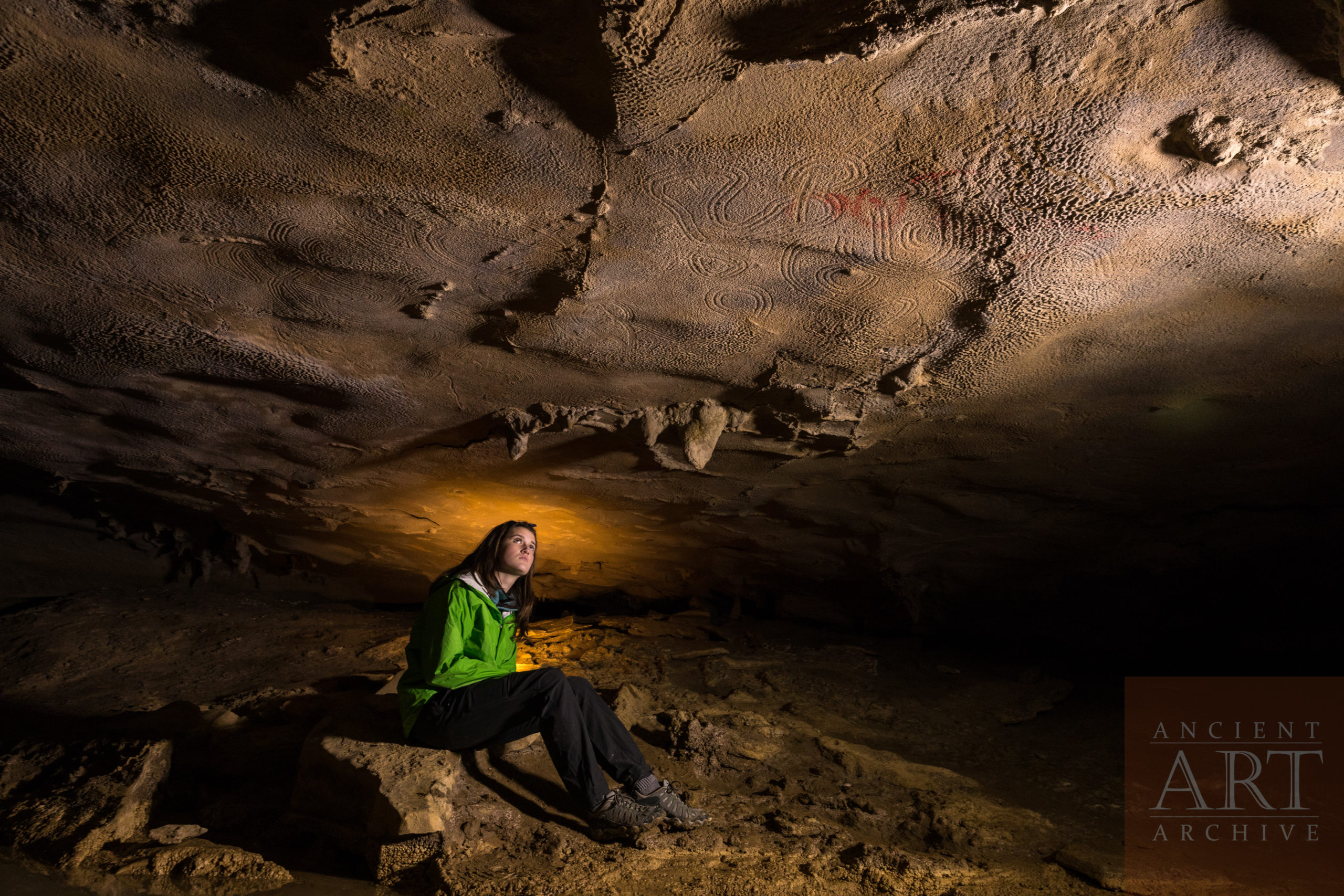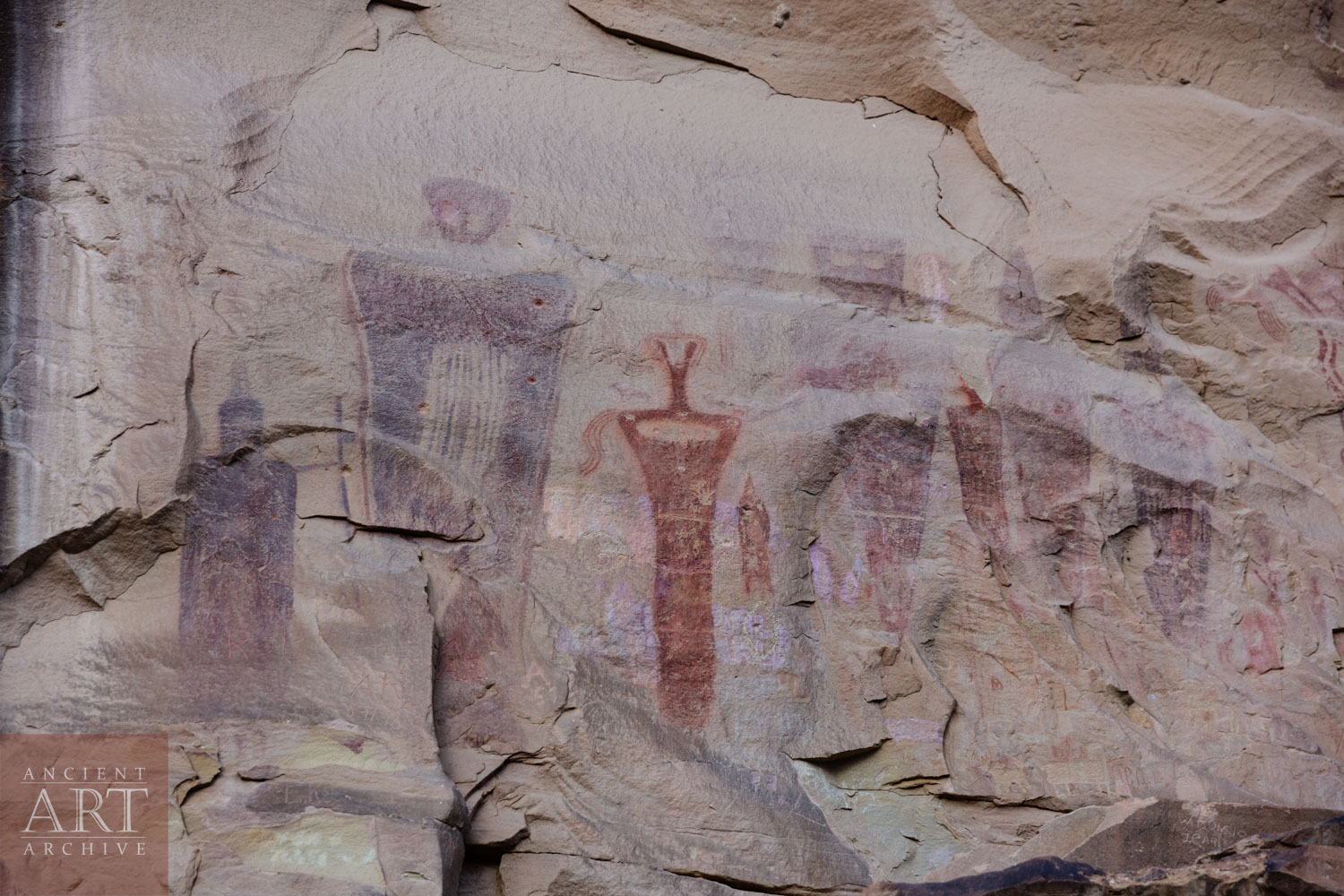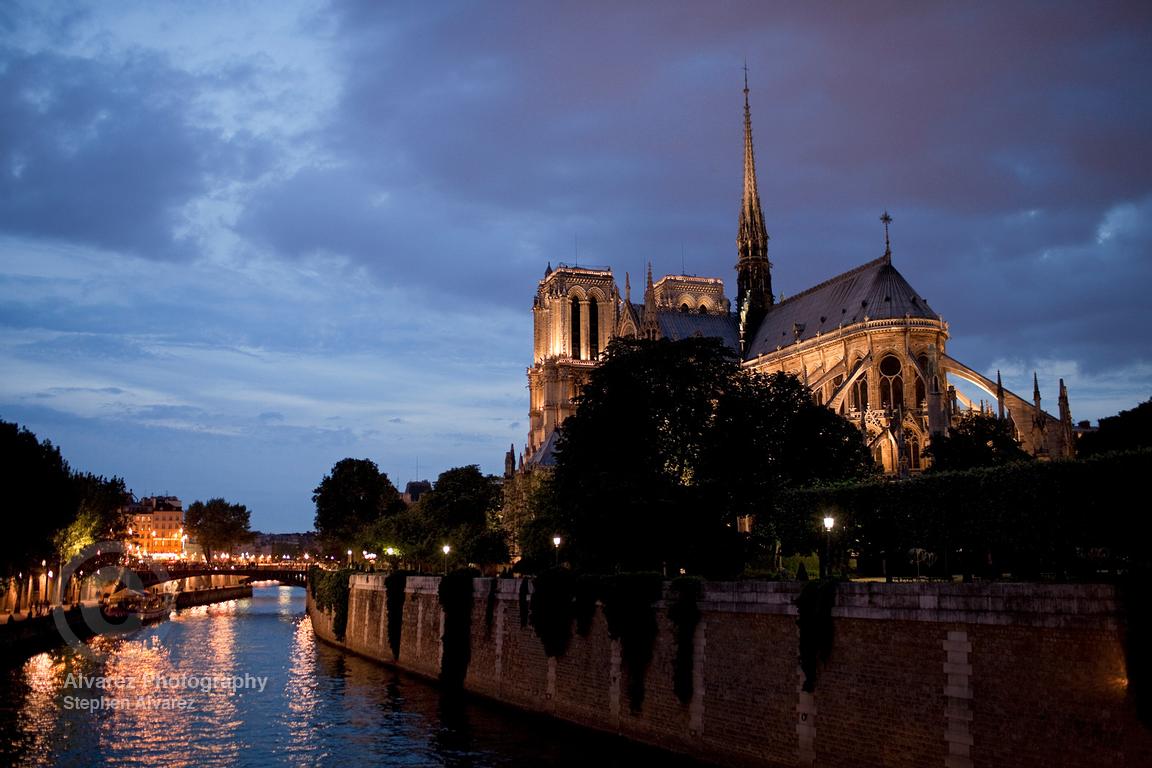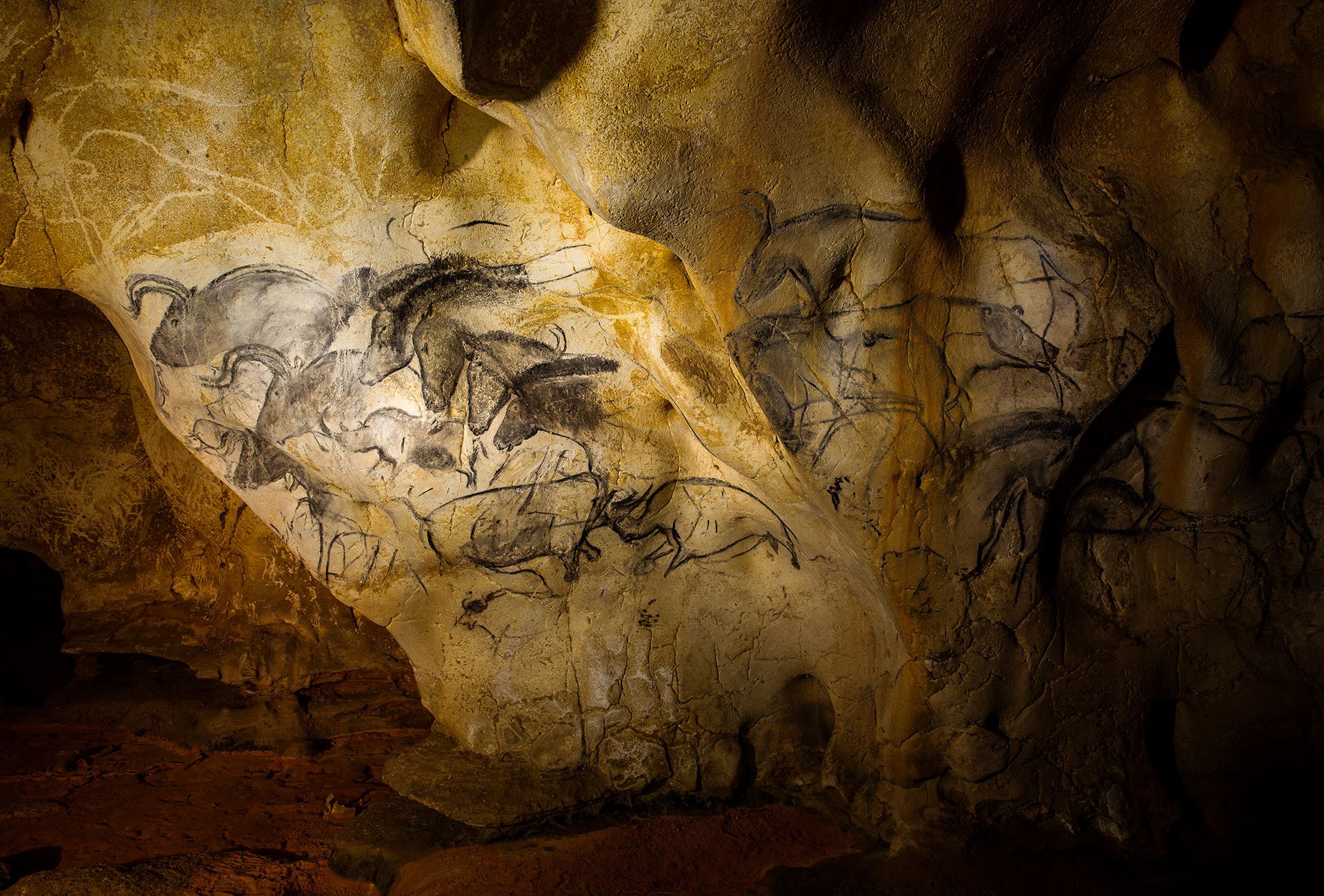Woodland Culture mud glyphs in Unnamed Cave 19, cave in Alabama
In the region that comprises the modern southeastern United States, archeologists divide the history of the original inhabitants into distinct cultural periods—
- The Archaic 8,000 BCE to 1,000 BCE
- The Woodland 1,000 BCE to 1,000 CE
- The Mississippian 800 CE to 1600 CE
- The Modern 1500 CE to present
The Deep History of the American Southeast.
In the America continents, rich, sophisticated cultures thrived for thousands of years prior to European contact of 1492. Scientific evidence places modern humans in North America at least 21,000 years before the present. (Some scholars and Indigenous traditions locate homo sapiens in the Americas long before that.) Modern scientists know those cultures through the language, oral traditions of their modern descendants and the remains of their cultures preserved in the archaeological record. But evidence sifted from the dirt leaves but a dusty impression of those vanished cultures. Fortunately, there is another way to know them—through the art they left behind, some of which survives today exactly where the original artists created it, on the landscape itself.
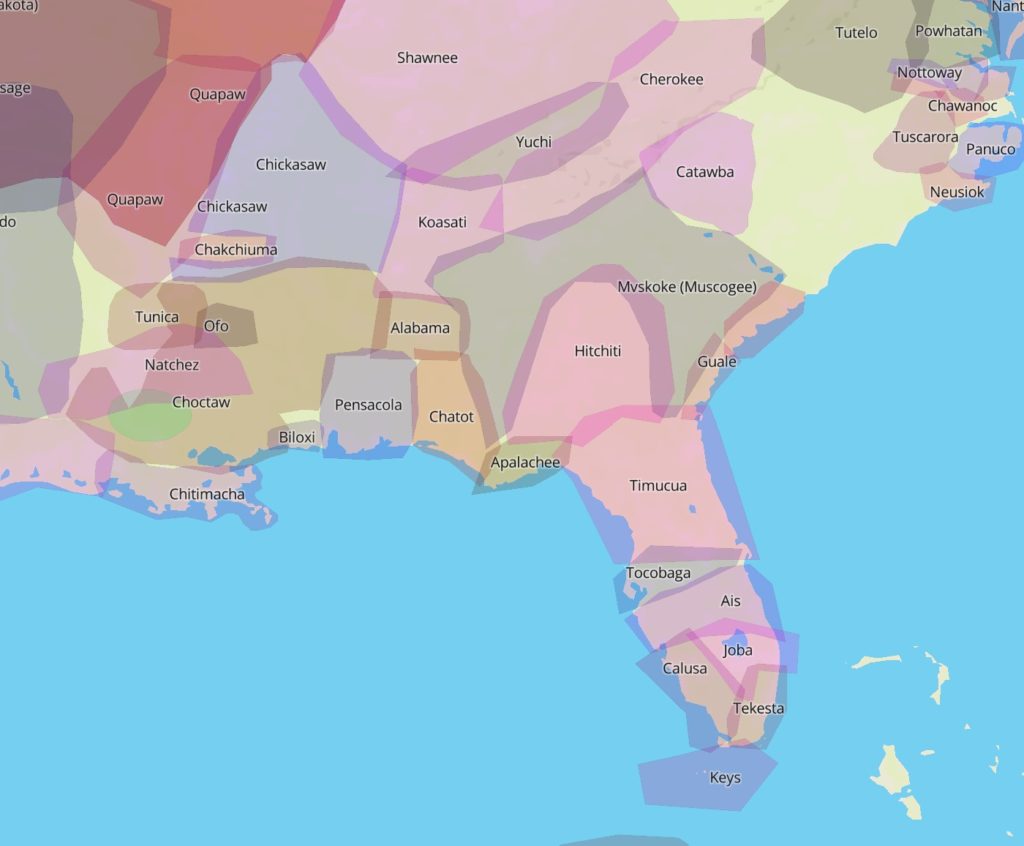
- The Archaic, which began with the arrival of the first humans and ended when people began to make pottery about 3,000 years ago. In Archaic, the primary hunting technology is the atlatl or throwing stick.
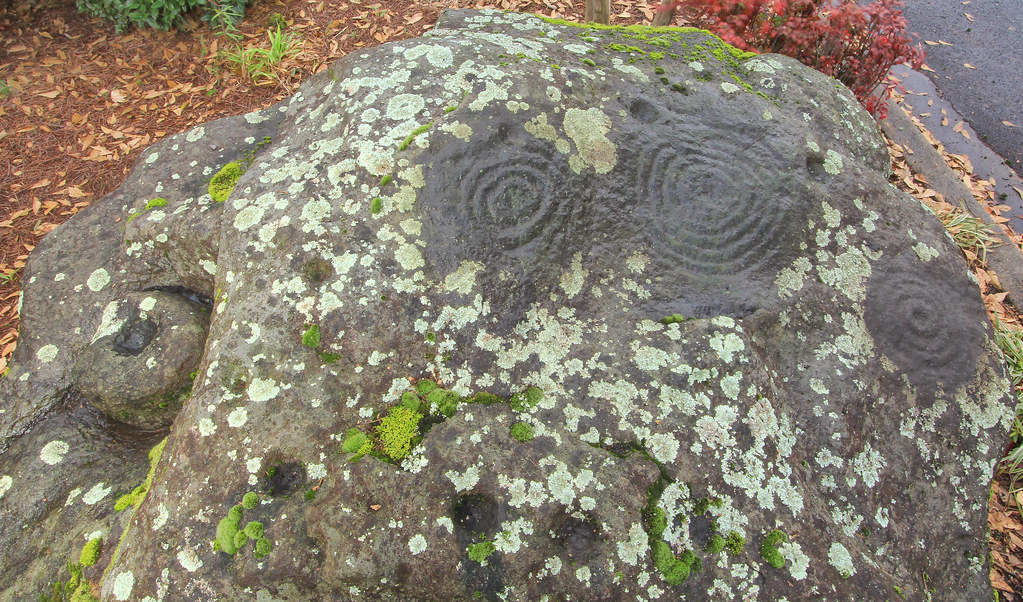
Above Archaic spiral images at the Sprayberry Boulder, Georgia photo by Alan Cressler
- The Woodland encompasses the next 2,000 years of increasing technological and cultural complexity ending around 1,000 CE. Woodland sees the rise of the bow and arrow as the primary hunting technology.
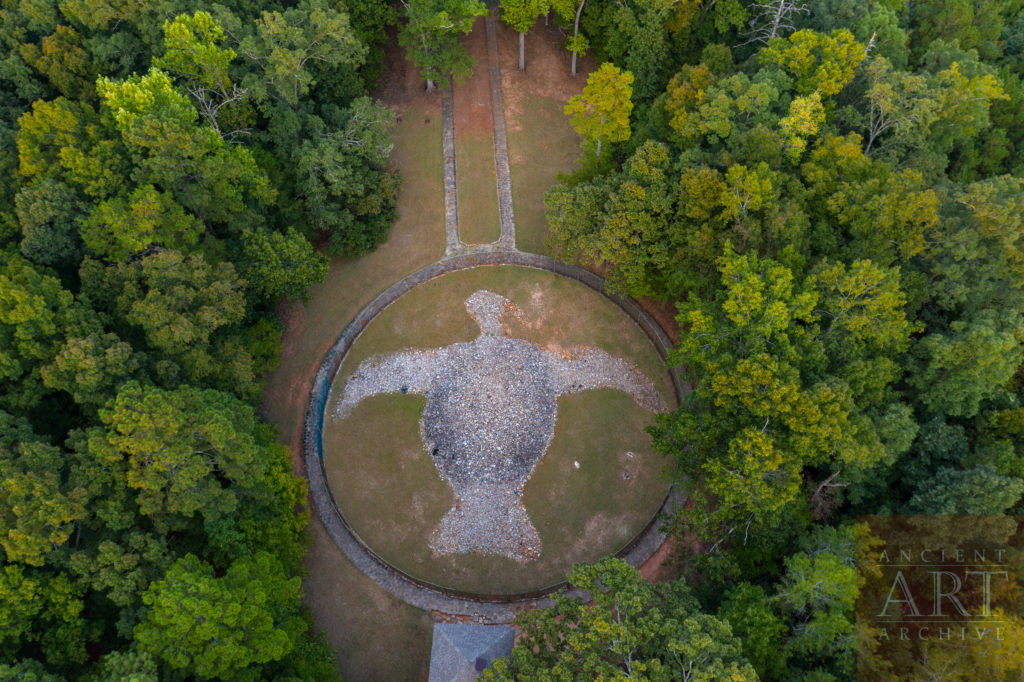
- The Mississippian, a period of intense agricultural cultivation from around 1,000 CE to 1,500 CE when the population of the great drainages between Appalachia and the Mississippi River, supported a population of millions. The Mississippian sees the arrival of maize agriculture from Central America.
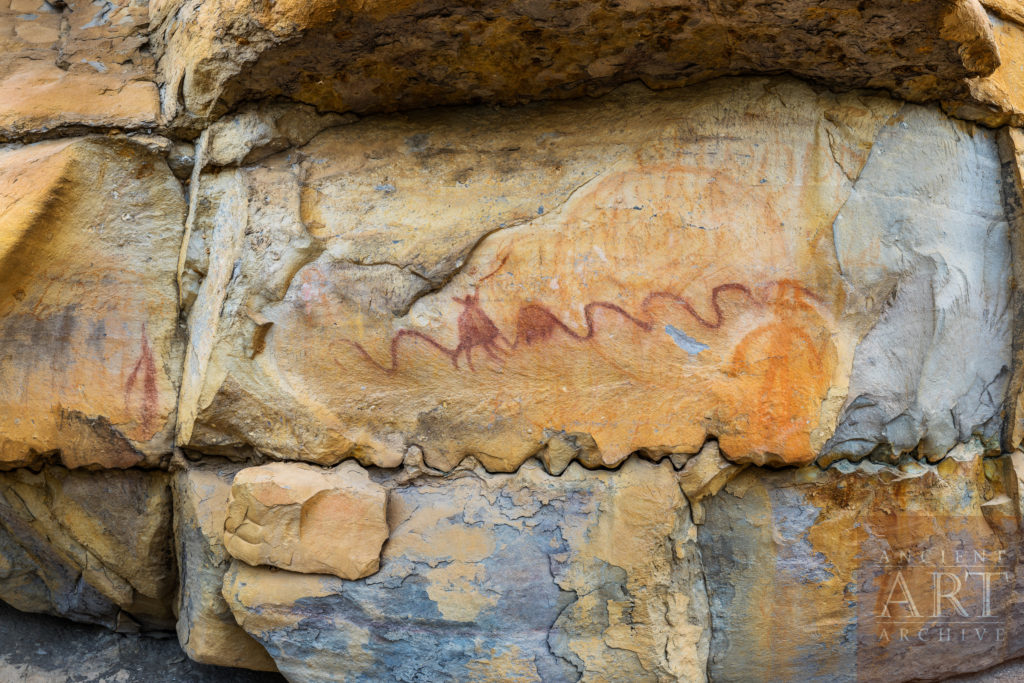
- The Modern, forward from about 1,500 CE to the present. This era encompasses European contact and the forced removal of Native Americans in the 1800s.
These cultural names are modern creations, not what the people in the past called themselves. Even though their original names are lost to time, the artwork that theses cultures produced on the landscape of the Southeastern United States still endures. Enjoy scrolling through photographer Alan Cressler’s photographs of prehistoric Southeastern United States art sites.
